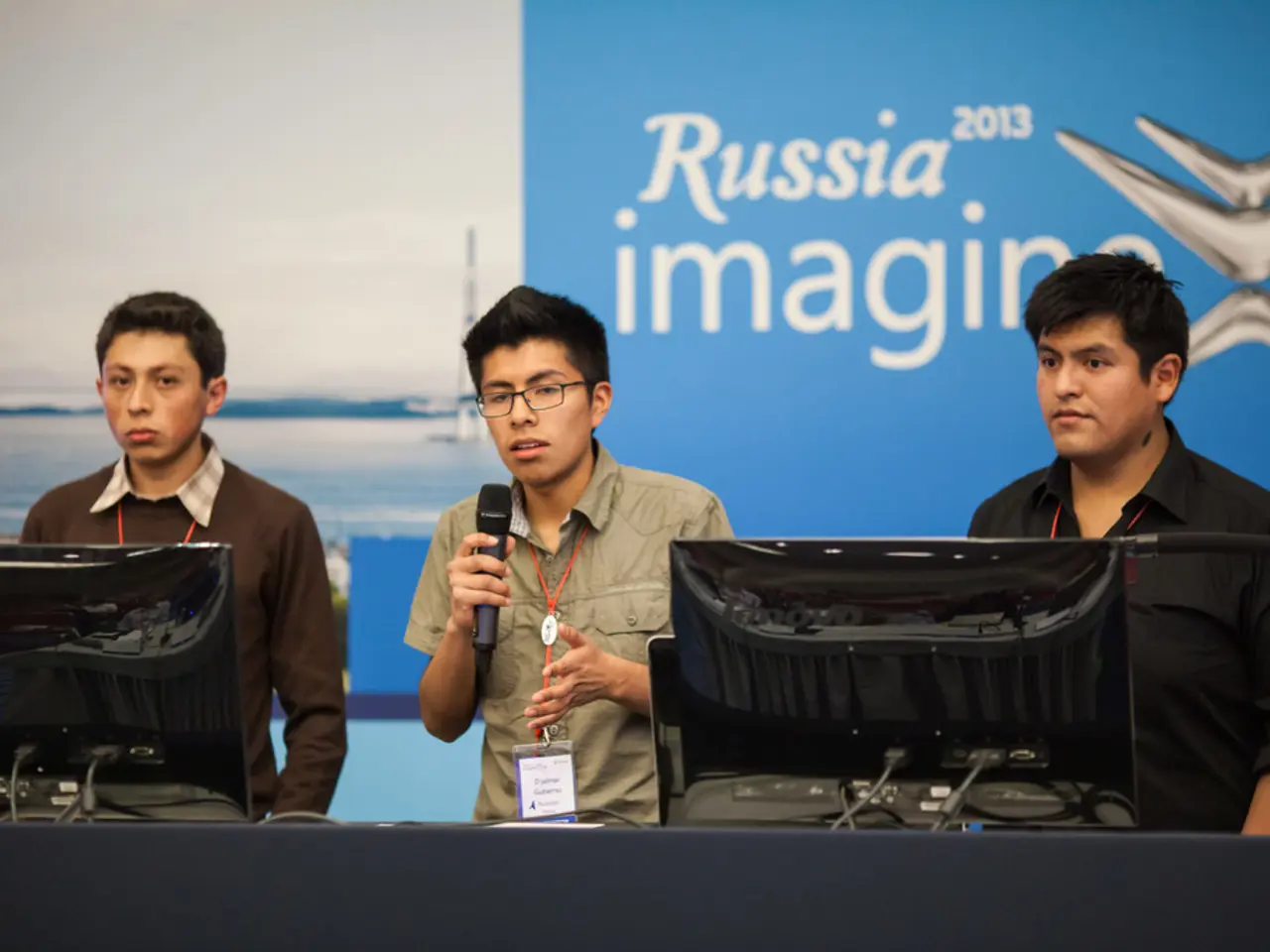U.S. tariff's influence being scrutinized; actions to secure national interests agreed upon, according to Piyush Goyal in Parliament.
The ongoing trade negotiations between India and the United States have taken a turn for the worse, following US President Donald Trump's announcement of reciprocal tariffs of up to 25% on Indian goods, effective August 1, 2025.
The tariffs, which target key Indian exports such as apparel, medicines, gems and jewelry, petrochemical products, and more, threaten to derail progress and narrow the scope for a better agreement. The US, which has been demanding the opening up of the agricultural and dairy sectors for trade, has reportedly been further along in its own US trade deal negotiations with competitors like China, who may secure more favorable terms [1][2][4].
The elevated US tariffs are anticipated to negatively impact India's GDP growth. Economic forecasts had already been lowered to 6.2% for fiscal year 2026 in response to earlier US tariffs, assuming restrained export growth and delayed private investment. The newly imposed higher tariff and potential penalties on India for continuing defence and energy purchases from Russia could further dampen growth, representing a substantial headwind. The precise extent of the impact depends on the finalization and size of any penalties [2].
The Indian government, committed to the objective of the trade agreement, is prioritizing the protection and promotion of the welfare of farmers, entrepreneurs, and MSMEs in India. These sectors are critical for India as they provide livelihood opportunities to a large section of its people. The Ministry of Commerce and Industry is holding talks with exporters, industries, and stakeholders to gather information on the impact of the tariff [3].
In March 2025, India and the US started talks for a Bilateral Trade Agreement (BTA) with the goal of finishing the first stage by October-November 2025. However, the current status of the negotiations is strained and uncertain. Commerce and Industry Minister Piyush Goyal made statements in both houses of Parliament regarding the tariff [4].
The US President has reiterated his stance on tariff reciprocity since assuming office for his second term. The Indian government will take all necessary steps to secure its national interest, as it has done with other trade agreements [5].
Sources: [1] The Hindu BusinessLine (2025) US imposes 25% tariffs on Indian goods, threatens trade negotiations. [2] Financial Express (2025) US tariffs: Impact on India’s GDP growth and exports. [3] Economic Times (2025) US sanctions on Indian companies complicate trade relations. [4] India Today (2025) India-US trade negotiations: A summary of the current status. [5] NDTV (2025) India's response to US tariffs: Protecting national interest.
- The escalating US tariffs on Indian goods, such as apparel, medicines, gems and jewelry, and petrochemical products, have spilled over into the realm of general news, raising concerns about the potential negative impact on India's economy and GDP growth.
- The ongoing trade negotiations between India and the United States are heavily influenced by policy-and-legislation, with the US pushing for concessions in sectors like agriculture and dairy while India emphasizes the welfare of its farmers, entrepreneurs, and MSMEs.
- Amidst the turbulent trade negotiations, the business world watches closely as the Obama administration's stance on tariff reciprocity contributes to the shaping of the US-India Bilateral Trade Agreement (BTA), with opinions varying on the potential implications for both economies.








